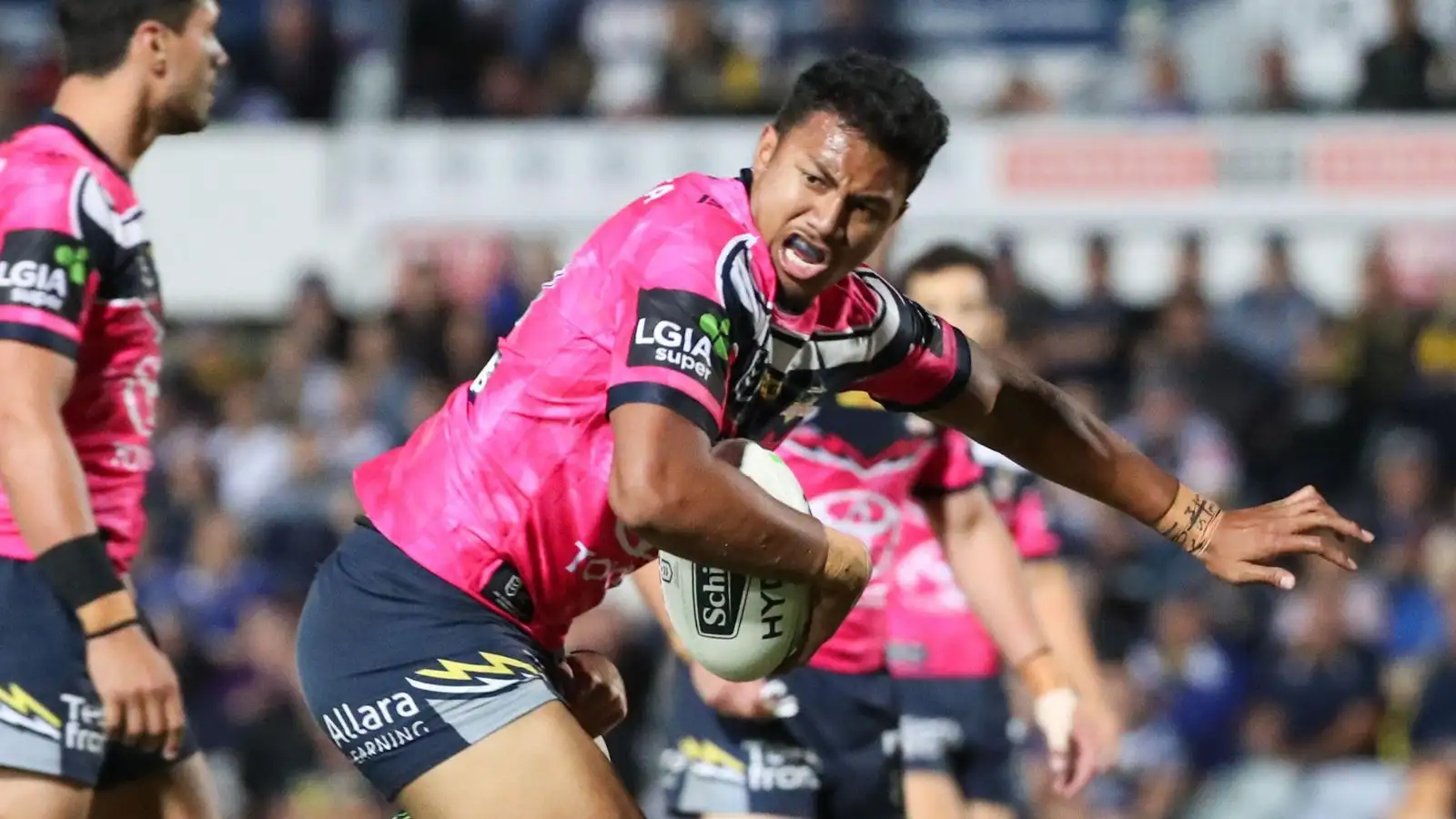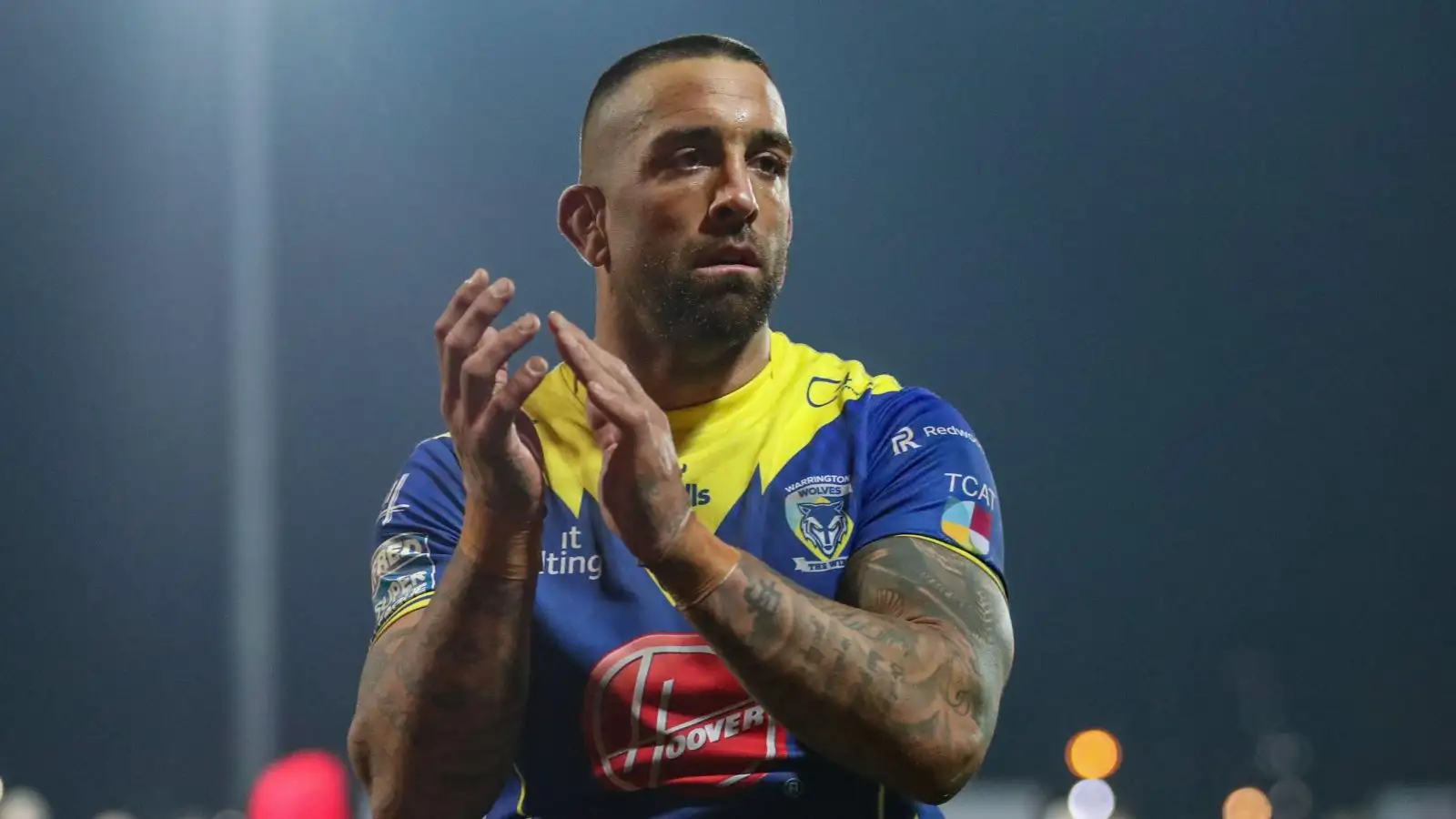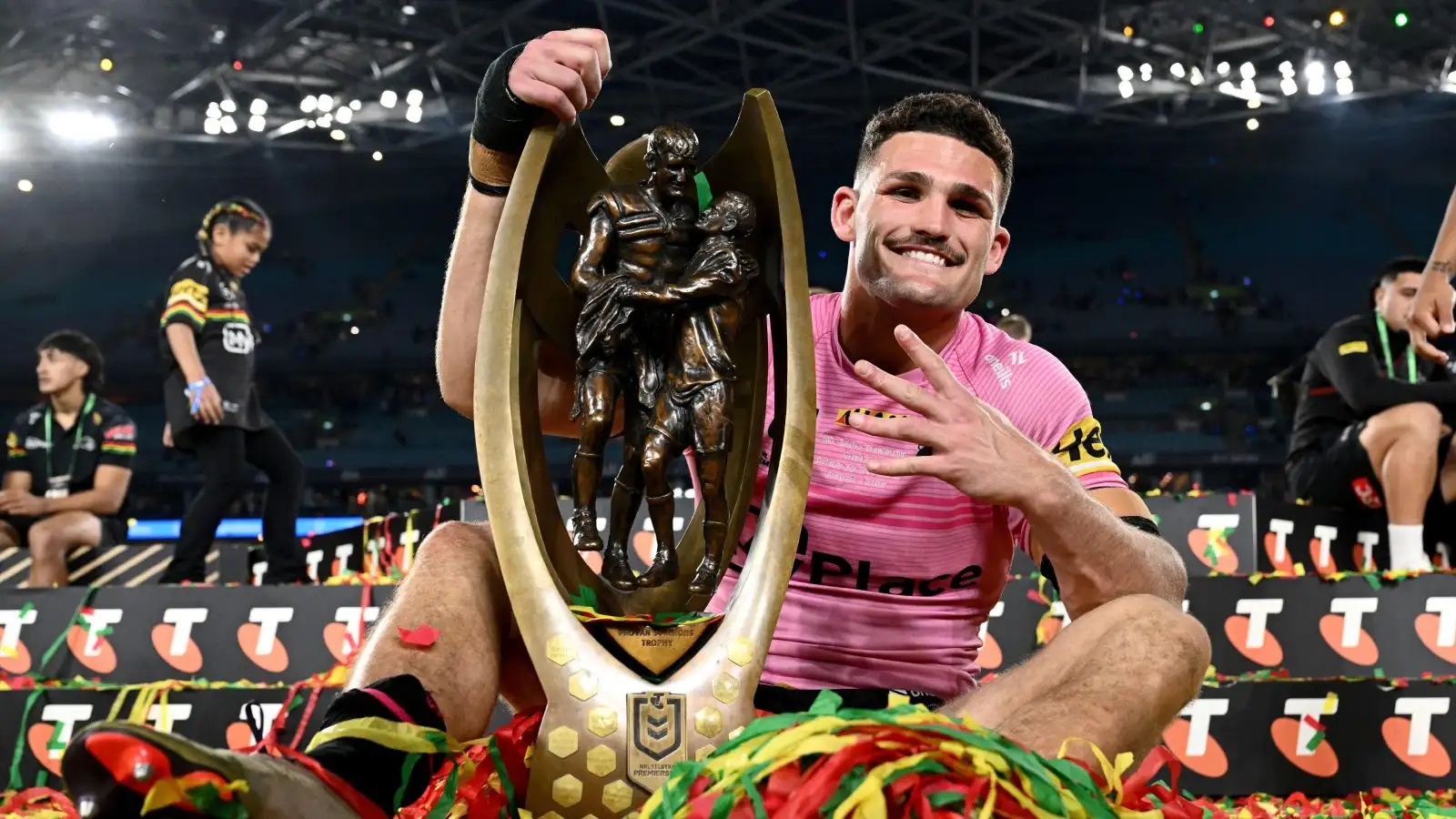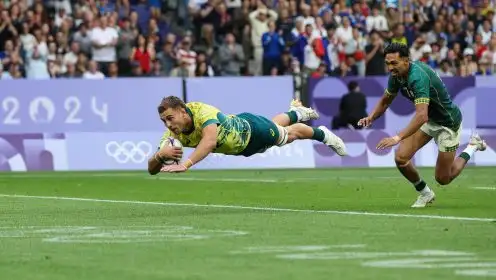Tina Turner not only changed rugby league but British sport altogether
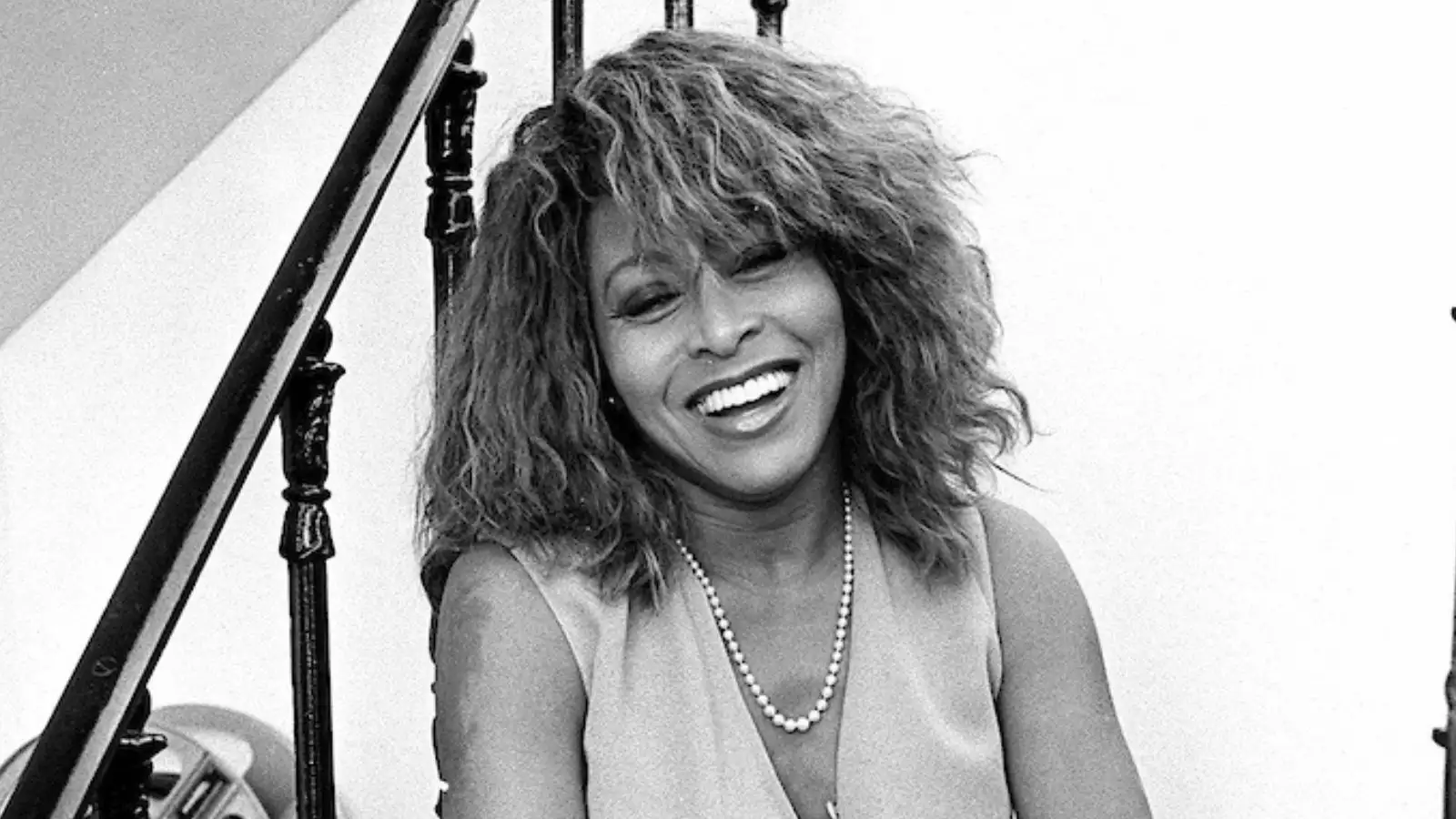
Photo: Bob Collier/Bob Collier Black and White Archive/SWpix.com
It was a cold January morning in early 1989 and Tina Turner was in London to film one of her more unusual assignments.
Having moved to Britain at the end of the decade she had redefined her career in the 1980s to become one of the biggest pop stars on the planet. What You Get Is What You See was a song released on her 1986 album that barely charted in the UK, the USA or Australia.
But when rugby league administrators heard it they were desperate to find a way to use it to promote their competition.
Australian Rugby League’s revival
League in Australia had enjoyed a revival in the 1980s as sponsorship money increased in line with television ratings. But at the same time, those running the game knew that they had a problem.
The reliance on sponsors such as Winfield cigarettes reinforced the idea that it was a ‘man’s game’ that did not reflect the athletes of the 1980s. ‘The Winfield sponsorship, for all its longevity and mutual benefits to the game and the company, does not sit too comfortably with many of the health-conscious and intelligent players who populate Rugby League in the 1990s’, reported one journalist.
And there was a belief that the game was not doing enough to reach women and families.
The concept of the ‘rebrand’ had shaped the way business operated in the 1980s.
With the expansion of media and advertising agencies the power of a brand lay not just in marketing a product but in creating a ‘relationship’ with the audience. Celebrities such as Michael Jackson were paid millions by Pepsi to sell the soft drink to children and teenagers. Jackson didn’t just endorse the product but reworked the lyrics to his classic ‘Billie Jean’ to ‘We’re the Pepsi generation’. It wasn’t long before Pepsi had signed Tina Turner up for a campaign too, and they were the sponsor for her ‘Private Dancer’ Tour.
Tina Turner a major part of rugby league’s rebrand
Those running rugby league wanted their own rebrand. A campaign was designed to help ‘contemporise and make the game appealing to women, white collar workers and younger men’ with a commercial and advertising campaign that would run throughout the year. The league had engaged Jim Walpole, the advertising guru at Hertz Walpole, to design the campaign.
They thought about re-recording the song but came to the conclusion that they needed to do something more spectacular. ‘It’s done often and often it’s done badly. Why not get Tina Turner?’
They were informed that there was a very brief 24 hour window in her schedule were she could shoot some scenes in London. Cliff Lyons and Gavin Miller, who were spending the off-season with Leeds and Hull KR, were summoned down to the capital to shoot.
Turner never even set foot in Australia to film it, as Fulham’s Craven Cottage provided the backdrop for the advert that was changed the way sports was marketed.
Just in case you’ve never seen the advert Tina Turner did for the Australian Rugby league. And you’d remember if you had… pic.twitter.com/9tIc6ypLPp
— Dr. Chris Ince (@Chris_Ince) May 24, 2023
‘Sex Sells’ was a phrase that had come to dominate advertising in the 1980s and the NSWRL believed they had to make rugby league sexy in order to attract new consumers. ‘We want to present these guys as we really believe they are,’ explained John Quayle, the head of the League, ‘and that is dynamic, that is sexy. They’re physical – and they’re smart.’
Rumours quickly spread throughout the game of a major new advertising campaign. Not everybody believed it would work.
In the hostile Sydney media, the journalist and writer Roy Masters said the advance trailer of the promotion made him feel ‘depressed’ at its happy portrayal of the game. ‘Everybody is having more fun than I ever did. The commercial shows ever-smiling players, training in perfect harmony and stands devoid of sloppily savage supporters’.
Others such as South Sydney coach George Piggins believed that the money should have been spent on the grassroots of the game and turning round clubs that were in financial difficulty.
As a woman from America who had no knowledge of rugby league there was deep suspicion about handing over millions of dollars for the campaign. And had it backfired, there is little doubt John Quayle would’ve been sacked.
But as I outline in my forthcoming book Rugby League in Thatcher’s Britain, the 1980s was a period of radical change and fortune often favoured the gamblers and the risk takers at the expense of those who wanted to maintain the status quo.
A huge increase in the number of women watching the game
The news coverage of Turner’s involvement added millions of pounds worth of extra publicity for the competition. When quizzed at the launch of the campaign, she admitted that it was better it was more ‘upmarket’ than the commercials for beer and cars on televised American football. The numbers showed that it was an investment well worth it while with a huge increase in the number of women watching the game.
When the game repeated the trick to the song Simply The Best the next season, news of Tina Turner’s broadcast in Australia made the pages of the British tabloids. Even the British rugby league magazines put pictures of Tina Turner on the cover to boost profile.
‘League is alive and well, indeed healthier than ever, as the 1990s come to Australia’ ran one Open Rugby feature. ‘It used to be called ‘the greatest game’, now it’s Simply the Best!’.
Many within rugby league circles dreamed of finding the British equivalent to Tina Turner to market the sport as it increasingly dreamed of replacing football as the national game.
British organisers had hoped to bring Tina Turner over in 1990 to promote the Kangaroo tour. But they couldn’t afford her and had to make do with Jason Donovan instead.
Inspiring the way British sport was marketed
A few years later, however, Turner’s advert would be used as the inspiration for the launch of the Premier League. ‘A whole different ball game’ was how Sky Sports had packaged their television ad. Sound tracked by the Simple Minds song ‘Alive and Kicking’ featured players receiving breakfast in bed, playing with their children in the back garden, shaving in the bathroom before cutting to players exercising in the gym and sharing a shower together.
Without Tina Turner and Rugby League you wouldn't have the Premier League promo a few years later…
She changed the way that sport was marketed pic.twitter.com/wSPl0tBFqv
— Tides of History (@labour_history) May 25, 2023
When people within the rugby league media asked whether Sky Sports had plans to do the same for their coverage of the rugby league, an ‘insider’ joked that the £500,000 it cost would blow the league budget for the next century. ‘So it’s down to the RFL themselves to produce a commercial reflecting their view of rugby league’s vibrant, new image!’ concluded Andy Wilson in Open Rugby magazine.
The rugby league equivalent never came to fruition and it was the Premier League that benefitted instead. The Turner inspired promotion helped football tap into the ‘family’ market that league had been steadily cultivating for much of the decade.
It changed the way that people thought about footballers just as What You Get Is What You See had changed the image of rugby league in Australia. Her impact on the way sport is marketed was immense.
Anthony Broxton’s book Hope and Glory: Rugby League in Thatcher’s Britain will be published later this year and is available to pre-order now.
